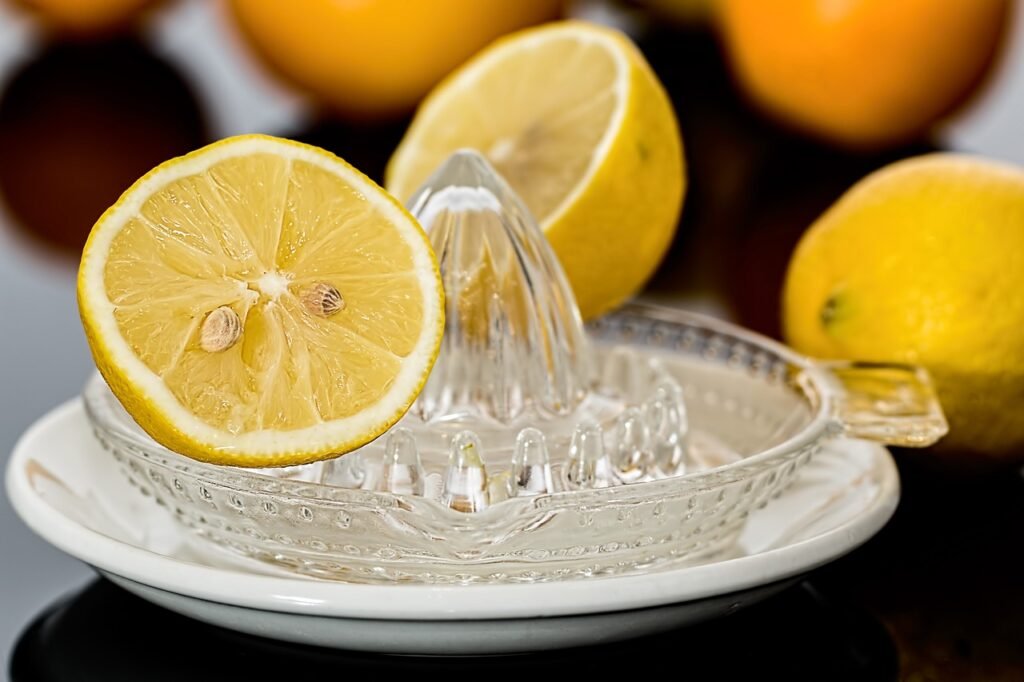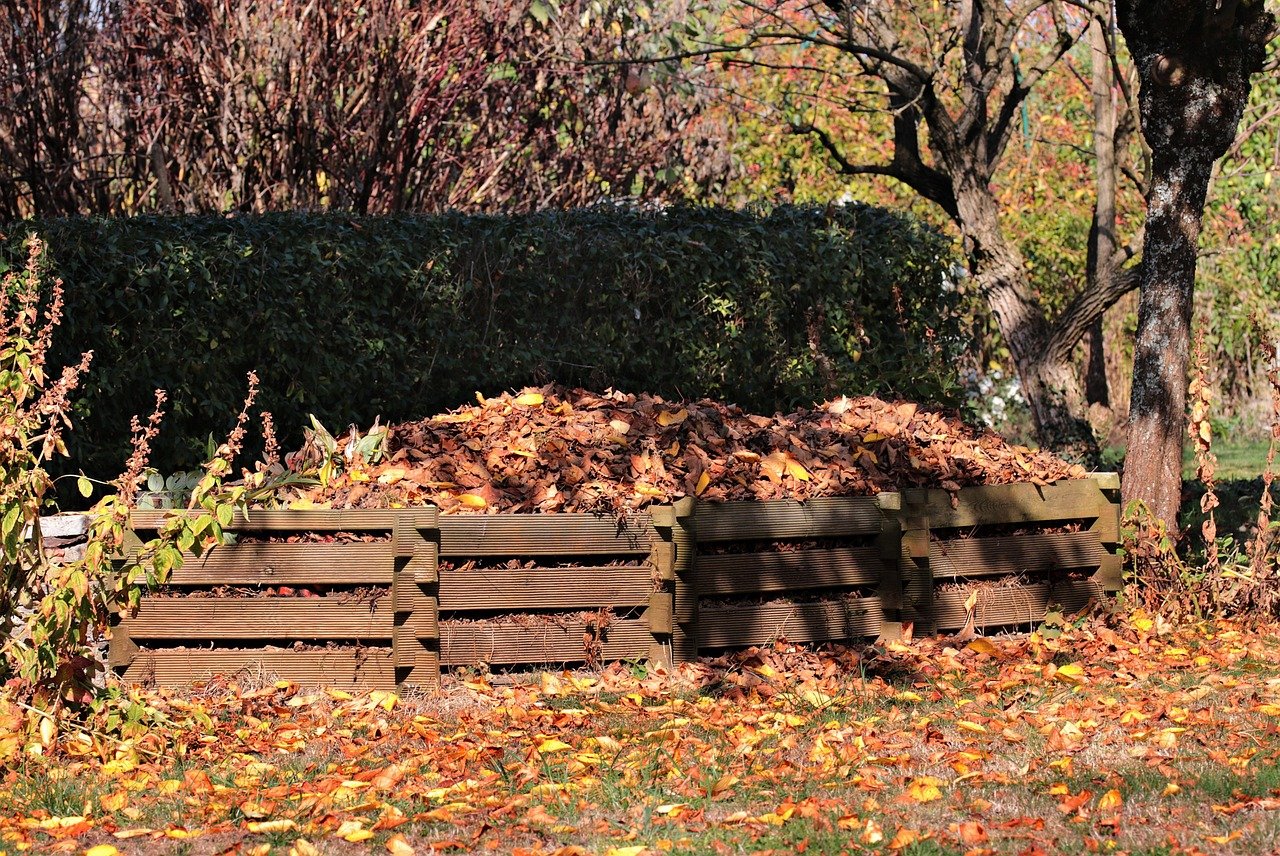
Intro
In the world of home preserving, the quality of the ingredients you use can make a significant difference in the final product. When it comes to canning tomatoes, the variety you choose can have a huge impact on the taste, texture, and overall quality of your canned goods. This is why it’s essential to know the best tomatoes for canning before starting your preserving journey.
Understanding the Importance of Tomato Variety in Canning

The type of tomato you choose to can greatly influences the outcome of your canned goods. This is not just a matter of taste, but also one of science. Not all tomatoes are created equal – they come in various flavors and textures, each bringing their unique attributes to the canning table. Some tomatoes have a delicate, sweet flavor that is ideal for creating sauces or salsas. Others are robust and tangy, adding a punch to soups and stews.
The different characteristics of each tomato variety can lend themselves better to different types of preservation methods. For example, tomatoes with a high water content may not be the best choice for canning because they could make your canned goods too watery. On the other hand, meatier tomatoes with less water content can hold up better during the canning process, resulting in a better texture in your final product.
Additionally, the size of the tomato also plays a role in your canning process. Larger tomatoes can be great for canning whole, while smaller tomatoes, like cherry or grape tomatoes, can be perfect for adding whole to salsas or pickling.
Finally, the acidity level of the tomato variety is also a significant factor to consider for safe canning. Tomatoes are generally high in acid, which makes them safe for water bath canning. However, some modern varieties have been bred for a sweeter flavor, which reduces their acid levels. For these varieties, it’s crucial to add a bit of lemon juice or citric acid to your jars to ensure safe preservation.
Choosing the right type of tomato for your canning project, therefore, is a decision that requires both culinary creativity and scientific understanding. It’s about identifying what type of flavor and texture you want to bring to your canned goods and choosing a variety that will best achieve that. So next time you’re planning on canning tomatoes, remember that the type of tomato you choose matters as much as the process itself.
The Top Tomato Varieties for Canning

With a diverse range of tomatoes out there, certain varieties are more apt for preserving, due to their unique characteristics. Roma tomatoes, also known as paste tomatoes, are prime candidates for canning. These tomatoes boast a dense flesh and minimal water content, yielding a robust flavor that endures the canning process well. They are versatile and an exceptional choice for crafting homemade tomato sauce.
Another variety worth noting is the Beefsteak tomato. These are quite large and packed with juice, allowing them to maintain their shape and taste when canned whole. They are a staple for those wanting to preserve whole tomatoes for dishes where a hearty, robust tomato is required.
For those considering canning smaller tomatoes, the Sweet 100 and Sun Gold varieties of cherry tomatoes are superior options. They are recognized for their sweet taste profile and firm texture that withstands the canning process, ensuring you have flavorful, bite-sized tomatoes ready to be added to salads, salsas, or enjoyed on their own.
Choosing the right tomato variety for your canning project depends on the flavor, texture, and preservation method you’re aiming for. But these varieties, with their unique properties, are among the most recommended when it comes to canning tomatoes. Each type will impart a distinct taste and texture to your canned goods, enriching your home cooking experience.
The Role of Acidity in Canning Tomatoes

When it comes to canning tomatoes, acidity plays a crucial role in determining the safety and quality of your preserved goods. This is primarily due to the fact that the level of acidity in a food can inhibit the growth of harmful bacteria, making it safe for water bath canning. Tomatoes, being naturally high in acid, generally fall into this safe category.
However, it’s worth noting that not all tomatoes have the same acidity levels. Many of today’s tomato varieties have been selectively bred for a sweeter taste profile, resulting in reduced acid levels. This poses a potential risk when canning, as lower-acid foods can provide a favorable environment for the growth of harmful bacteria if not properly processed.
So, how can you safely can these lower-acid tomatoes? The solution lies in the addition of extra acidity to your jars in the form of lemon juice or citric acid. By adding a bit of either of these acidic substances, you effectively increase the overall acidity of your canned tomatoes, ensuring their safety for water bath canning.
However, it’s crucial not to guess when it comes to adding additional acid. Too much can alter the flavor of your tomatoes, while too little can compromise their safety. It’s recommended to follow tested recipes that specify the correct amount of additional acid required for safe preservation.
Recognizing the Perfect Tomato for Canning

The quest for the ideal tomato for canning begins with your senses. The ideal tomato should be at the peak of ripeness – neither underripe nor overripe. To identify this, feel the tomato. It should have a firmness to it, yet yield slightly under your touch. Overripe tomatoes can be too soft and may not hold up well in the canning process, while underripe tomatoes may lack the full-bodied flavor you want in your canned goods.
The color of your tomato is also an important indicator of its readiness for canning. Look for tomatoes that display a deep, vibrant color, a sign of optimal ripeness and flavor. Conversely, pale tomatoes may be underripe and lacking in the rich flavor that ripe tomatoes provide.
It’s also crucial to inspect your tomatoes for any signs of damage or disease. Any blemishes, cracks, or spots could potentially affect both the quality and safety of your canned tomatoes. These issues can introduce bacteria or mold into your canned goods, posing potential health risks. Therefore, always select tomatoes that are smooth, blemish-free, and vibrant in color.
Remember, the key to a successful canning project lies in the quality of your ingredients. So take the time to choose your tomatoes wisely, ensuring they’re at the right stage of ripeness, undamaged, and rich in color and flavor. This attention to detail will pay off in the final product, providing you with canned tomatoes that retain the fresh, bright flavor of the summer harvest all year long.
Techniques for Canning Tomatoes

If you’ve decided to embark on the journey of canning tomatoes, there are several key techniques to remember. Initially, the tomatoes will need to be blanched. This process involves briefly immersing the tomatoes in boiling water, then immediately transferring them to an ice bath. This thermal shock helps loosen the skins, making them much easier to peel off. This step is crucial as it ensures a smoother texture in your canned goods and eliminates tough, unpalatable skins from your preserved tomatoes.
Next comes the packing phase. Here, the blanched and peeled tomatoes are tightly packed into canning jars. Depending on your preference and the specific recipe you are following, you can either pack them whole, halved, or diced. The jars are then filled with either water, tomato juice, or in some cases, a specially prepared brine. It’s important to leave a little headspace in each jar to allow for expansion during the heating process.
Once the tomatoes are packed into the jars and covered with your chosen liquid, it’s time for the canning process. This typically involves processing the jars in a water bath canner, a large pot filled with boiling water. The jars are submerged in the water and boiled for a specified amount of time to ensure safe preservation. The high heat not only kills any bacteria, yeast, or molds that might cause spoilage but also drives out the air within the jar to create a vacuum seal.
Remember, safety is paramount in canning. Always follow reliable, tested recipes and adhere to the recommended processing times. It’s crucial to remember that while canning might seem like a simple process, it requires meticulous attention to detail and strict adherence to safety guidelines. This will guarantee not only the highest quality of your canned tomatoes but also their safe consumption.
Throughout the process, you might find yourself adapting techniques to suit your preferences or the specific type of tomato you’re using. This flexibility is one of the many benefits of home canning – the process can be tailored to fit your unique needs and tastes. As you gain more experience in canning, you’ll develop a deeper understanding of these techniques, further enriching your home preservation journey.
Preserving the Tomato Harvest

Embracing the art of canning is a fantastic means to capture the essence of your tomato bounty. This practice allows the preservation of tomatoes at their peak, locking in the vibrant freshness to be savored year-round. Whether it’s a batch of homemade marinara, a zesty salsa, or simply whole tomatoes canned for future culinary adventures, canning extends the life of your harvest and ensures you have a supply of quality, homegrown tomatoes on demand.
Selecting the most suitable tomato variety for canning is essential to ensure a high-quality product. Bearing in mind factors such as acidity, water content, size, and individual flavor profiles can make a significant difference to the taste, texture, and safety of your canned tomatoes. Using the right tomatoes, following precise canning methods, and adhering to safety guidelines will aid in creating delicious, safe, and shelf-stable preserves.
Whether you’re a seasoned gardener with an overflowing crop or a farmer’s market enthusiast who’s discovered a local abundance, canning tomatoes is a rewarding and practical endeavor. This time-honored tradition of preservation not only reduces waste but also promotes sustainability and self-sufficiency. By preserving your tomatoes, you’re also preserving a slice of summer, capturing the essence of the season in every jar.
The joy of opening a jar of home-canned tomatoes in the depths of winter, unleashing the taste of summer, is unparalleled. From soups and sauces to stews and salsas, the uses for canned tomatoes are virtually endless. Canning ensures that you’re never more than a jar away from a wholesome, homecooked meal packed with the flavor of ripe, garden-fresh tomatoes.
In essence, canning allows you to control the quality of your ingredients, understand what goes into your food, and take full advantage of the tomato harvest season. So, equip yourself with knowledge, gather your supplies, and prepare to immerse yourself in the gratifying process of preserving your tomato harvest. With practice and patience, you’ll soon have a pantry lined with jars of beautifully canned tomatoes, standing as testament to your gardening and preserving efforts. Let the canning season commence!





One thought on “The Ultimate Guide to the Best Tomatoes for Canning”